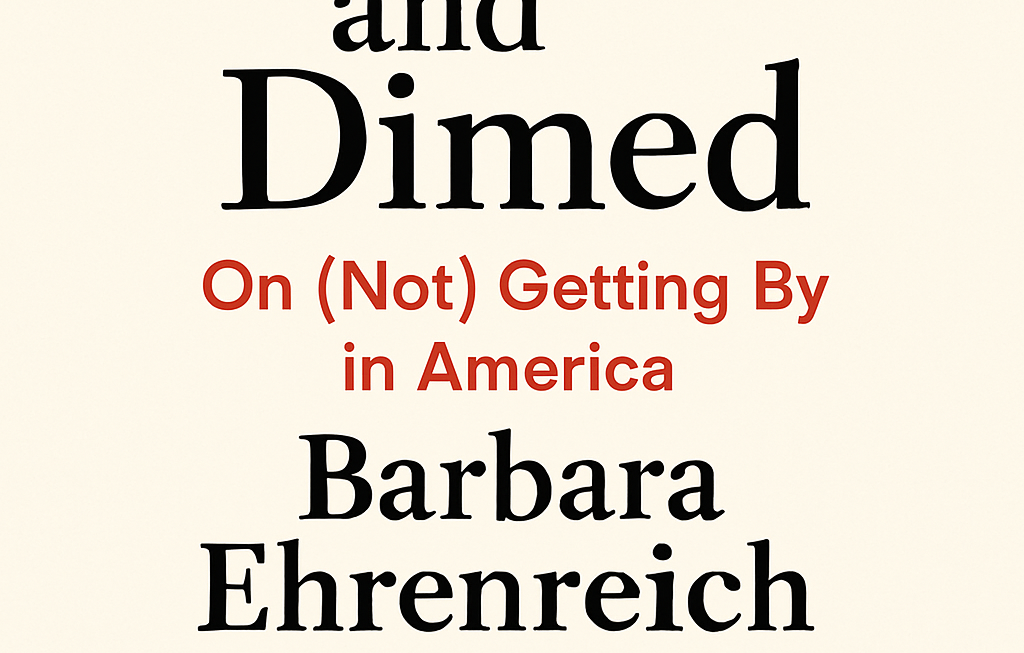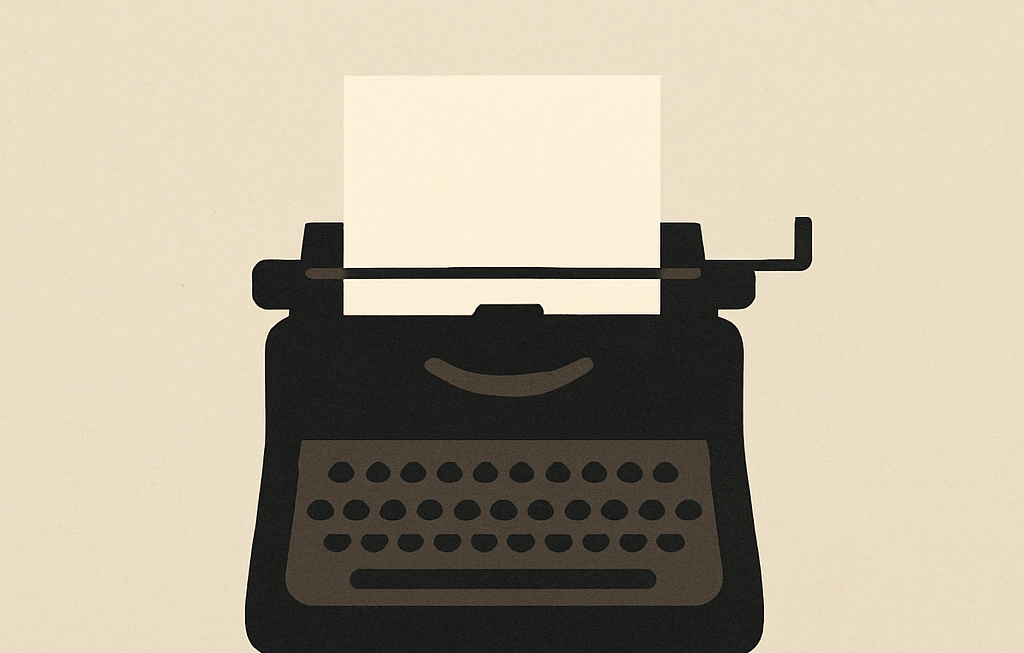The Devil in the Details: A Conversation with Erik Larson
In 2003, Erik Larson unleashed a literary phenomenon: The Devil in the White City: Murder, Magic, and Madness at the Fair That Changed America. This wasn’t just another historical account; it was a meticulously researched, brilliantly paced narrative that entwined the dazzling ambition of architect Daniel Burnham, tasked with building the 1893 Chicago World’s Fair, with the chilling exploits of H.H. Holmes, a serial killer who used the fair’s grandeur as a gruesome backdrop for his crimes. Larson, a master of narrative non-fiction, didn’t simply recount events; he crafted a suspenseful thriller that breathed life into the Gilded Age, exposing its glittering facade and the darkness that simmered beneath. His approach, a masterful blend of meticulous historical detail and compelling storytelling, has secured his place as a leading voice in narrative non-fiction. Born in 1954, Larson’s career has been marked by a consistent dedication to unearthing hidden stories and weaving them into narratives that captivate readers. His success hasn’t been limited to The Devil in the White City; books like Dead Wake and The Splendid and the Vile showcase his remarkable talent for transforming historical events into gripping reads. This meticulous approach, coupled with his ability to humanize historical figures, has earned him both critical acclaim and a devoted readership, solidifying his status as a literary force to be reckoned with. But behind the success lie years of dedication and an acute awareness of the ethical responsibilities of a writer dealing with such sensitive subjects. Today we delve into those complexities.
Ten Questions for Erik Larson
- Question: The Devil in the White City juxtaposes architectural marvel with horrific crime. Was this inherent in the historical record, or was it a conscious structuring choice to heighten dramatic tension?
Answer: The juxtaposition was undeniably present in the historical record itself. The sheer scale of Burnham’s ambition, the breathtaking creation of the White City, directly contrasted with the quiet, sinister actions of Holmes unfolding almost simultaneously. But yes, I consciously structured the narrative to accentuate this inherent tension. It allowed me to explore the duality of human nature and the complex relationship between progress and destruction. The contrast wasn’t just a narrative device; it was reflective of the very essence of the Gilded Age itself.
- Question: Many critics praise your “cinematic” style. Do you actively envision your works as films while writing, or is that simply a byproduct of your narrative approach?
Answer: I don’t write with a film adaptation in mind, but I do strive for a cinematic quality. I think about pacing, visual detail, and the emotional arc of the story, elements that lend themselves to a visual medium. My goal is to transport the reader to the time and place of the story, making them feel like they’re experiencing the events firsthand. It’s more about creating a vivid and immersive experience than actively imagining a film script.
- Question: Your books often feature morally ambiguous characters. How do you navigate the ethical complexities of portraying historical figures who committed terrible acts?
Answer: It’s crucial to portray historical figures accurately, even if their actions are reprehensible. That doesn’t mean glorifying them, but rather understanding their motivations and the context of their actions. I try to provide enough context for readers to form their own judgments, while maintaining a clear moral compass within the narrative. Balancing empathy with condemnation is a delicate task, but essential to telling a complete and truthful story.
- Question: The research for your books is legendary. How do you manage the immense amount of material, and what’s your process for distilling it into a compelling narrative?
Answer: The research is indeed time-consuming, often spanning years. I use a multifaceted approach—archival research, interviews, firsthand accounts, and sometimes even on-location visits. But the real skill lies in choosing what to include and how to organize it into a coherent narrative that keeps the reader engaged. I look for the threads, the human stories that weave together the bigger picture, and allow the story to develop organically from those connections.
- Question: Your work sits at the intersection of history and true crime. How do you balance the rigorous demands of historical accuracy with the compelling elements of a good thriller?
Answer: It’s a delicate balance. Accuracy is paramount. I don’t take liberties with the facts. But the structure, pacing, and character development are very much in the realm of storytelling. The goal is to use the narrative techniques of a thriller to engage the reader and make history come alive, not to manipulate or distort the facts for dramatic effect.
- Question: Do you find yourself gravitating toward particular types of historical events or personalities? What draws you to a particular story?
Answer: I’m drawn to stories with inherent drama, stories where the personal intersects with the historical in a compelling way. I like stories that reveal something unexpected about the past, that challenge our preconceptions. It’s the human element—the struggles, the ambitions, the failings—that truly captivates me. The historical backdrop is crucial, but it’s always the human drama that drives the narrative.
- Question: The Devil in the White City has been optioned for film multiple times. How involved are you in the adaptation process, and what are your hopes for a faithful cinematic interpretation?
Answer: The adaptation process has been a long one, and I’ve been involved to varying degrees. My primary hope is that any film adaptation will remain true to the spirit and themes of the book, respecting the historical context and the nuances of the characters. More than replicating the plot, I want it to capture the atmosphere and emotional impact of the narrative, and the subtle interplay between Burnham and Holmes.
- Question: What are the biggest challenges you face as a writer of narrative non-fiction in the age of misinformation and competing historical narratives?
Answer: The challenge is to maintain rigorous standards of accuracy and responsible research. This is more important than ever in the age of misinformation. We must be vigilant in verifying sources and presenting evidence in a clear and transparent way, to combat the spread of falsehoods and promote responsible engagement with historical narratives. It’s about ensuring the integrity of the historical record and preventing the distortion of the past.
- Question: Looking back at your body of work, what are you most proud of, and what, if anything, would you do differently?
Answer: I’m most proud of the immersive quality I’ve strived for in my books, of transporting readers to other times and places, and allowing them to connect with the human stories at the heart of the historical events. If there’s anything I’d do differently, it would perhaps be to allow myself more time for certain projects. The research demands patience and careful attention to detail, and sometimes the pressure to meet deadlines has led to a more hurried process than I would have liked.
- Question: What advice would you give to aspiring writers of narrative non-fiction?
Answer: My advice is to find a story that truly captivates you, a story you’re passionate about. The research process is demanding, so your enthusiasm will be your fuel. Be meticulous in your research, always strive for accuracy, and find a way to tell the story in your own voice. Don’t be afraid to experiment with structure and narrative techniques, but always maintain the integrity of the story and its historical context. Most importantly, find a way to connect with your reader on an emotional level and bring history to life.
“`


